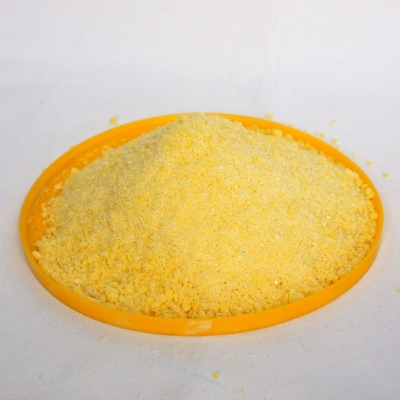-
Categories
-
Pharmaceutical Intermediates
-
Active Pharmaceutical Ingredients
-
Food Additives
- Industrial Coatings
- Agrochemicals
- Dyes and Pigments
- Surfactant
- Flavors and Fragrances
- Chemical Reagents
- Catalyst and Auxiliary
- Natural Products
- Inorganic Chemistry
-
Organic Chemistry
-
Biochemical Engineering
- Analytical Chemistry
-
Cosmetic Ingredient
- Water Treatment Chemical
-
Pharmaceutical Intermediates
Promotion
ECHEMI Mall
Wholesale
Weekly Price
Exhibition
News
-
Trade Service
Yimaitong compiles and arranges, please do not reprint
without authorization.
without authorization.
Introduction: Thyroid storm is an endocrine disease, mainly caused by a large increase in thyroid hormones in the patient's body in a short period of time, generally with specific causes, such as severe infection, thyroid surgery, sudden discontinuation of antithyroid drugs, iodine 131 to destroy thyroid follicles, etc
.
Sudden appearance of hyperthyroidism, sweating, tachycardia, vomiting, nausea, diarrhea, delirium, anxiety, irritability, etc.
, are characteristic manifestations of hyperthyroid crisis
.
However, thyroid storm can also present a variety of non-specific signs and symptoms, and at the 2022 American Thyroid Association Annual Meeting (2022ATA), a special case
of thyroid storm manifested as neuromuscular weakness was shared.
Case introduction
The patient is a 79-year-old woman with a history of hypertension, hyperlipidaemia, and prediabetes, and generalized weakness, diplopia, dyspnea, dysphagia, diarrhea, loss of appetite, marked weight loss, hot flashes, and tremors
in the 6 weeks prior to presentation.
Physical examination reveals poor language expression, mild ptosis of the upper eyelids, no goiter, and decreased
lower extremity mobility.
TSH < 0.
02 uIU/ml (normal value: 0.
27-4.
2 uIU/ml), fT4 6.
2 ng/dl (normal value: 0.
9-1.
7 ng/dl).
<b10> Start taking β blockers to control symptoms and do further testing
.
After a week, the patient presents with an emergency
with difficulty speaking, gradual weakness of the whole body and altered mental status.
Infection and muscle inflammation were negative, EMG showed mixed neurologic and myopathic conditions, MRI showed isolated subacute stroke in the brain, and CSF analysis showed no albumin-cytological separation (excluding Guillain-Bare).
Anti-GQ1b antibodies used to assess Millerfisher syndrome were negative, acetylcholine receptors, Lrp4, and anti-MuSk antibodies were all negative, and patients started IVIG for possible myasthenia gravis
.
Patients develop atrial fibrillation and ventricular rates are rapid
.
Laboratory tests, TSH< 0.
02 uIU/ml, fT4 3.
7 ng/dl, considered thyroid storm after consultation with endocrinologists, with thiouracils, Lugo's iodine solution, propranolol, and steroids
.
Ultrasound of the thyroid gland shows subcentimeter nodules in the right lobe of the thyroid gland and elevated thyrotropin-releasing antibody (TRAb) to 11.
88 IU/L (normal <2 IU/L).
<b11> Patients are then transferred to higher-grade plasmapheresis centers
.
Summary of this article
Thyroid storm is an endocrine emergency with a high mortality rate
.
Clinical presentation can be variable, making diagnosis a challenge due to the lack of a
clear laboratory cut-off line for serum TSH, T4, or T3.
A high index of suspicion is necessary in patients with associated symptoms, especially in patients with Graves disease, where early diagnosis and treatment
of this life-threatening condition is warranted.
REFERENCE: THYROID STORM PRESENTING AS NEUROMUSCULAR WEAKNESS: A DIAGNOSTIC DILEMMA.
THYROID.
Volume 32, Supplement 1,2022.
https://doi.
org/10.
1089/thy.
2022.
29140.
lb.
abstracts







